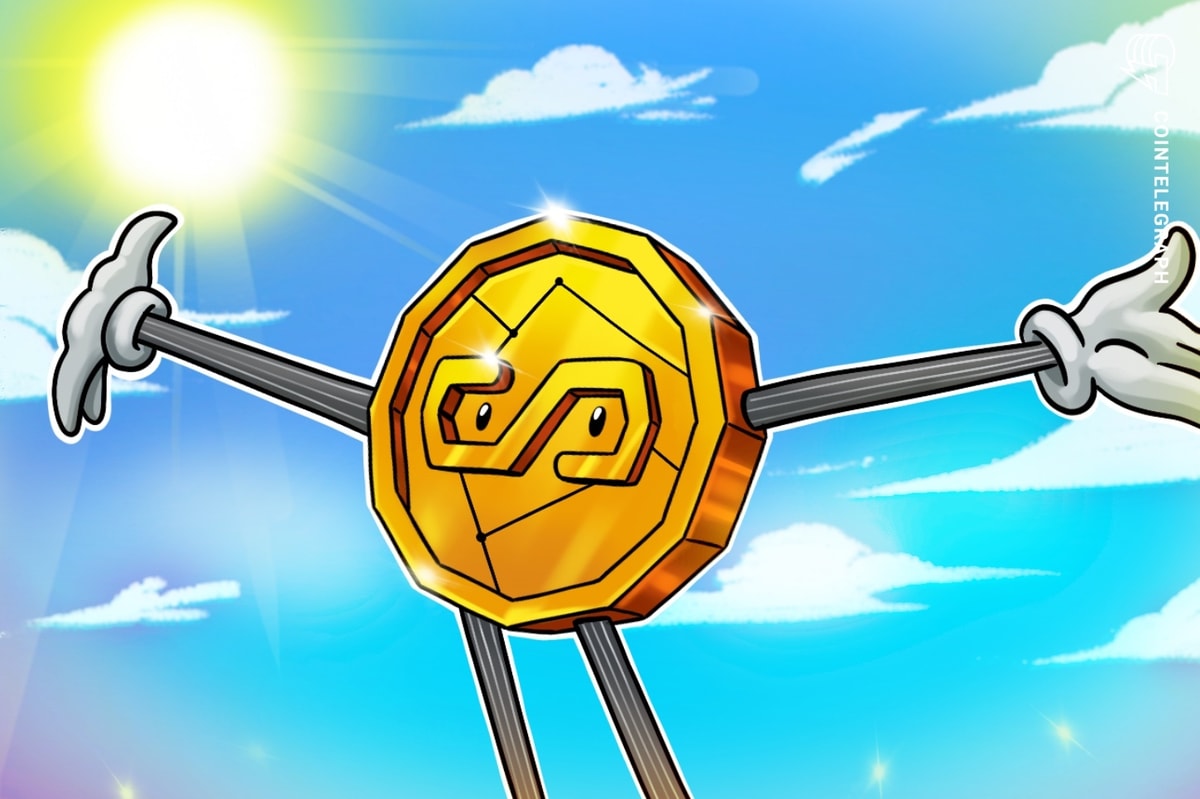Should a Bored Ape be considered a security akin to stock in Apple or Microsoft? TL;DR? No!
Winston Churchill, anticipating Securities and Exchange Commission Chair Gary Gensler, once called out “this world of sin and woe.” Let us now add to the litany of woe the possibility that Bored Apes, CryptoPunks and many other nonfungible tokens (NFTs) might be considered securities.
There are even some pro-crypto people out there who would welcome treating NFTs as securities. They are, as we here argue, flat wrong as to most (but not all) NFTs for reasons both operational and legal.
As two of our colleagues wrote in The National Interest almost a year ago, “Typical non-fungible tokens (NFTs) are no more securities than baseball cards. Some high-profile investors, such as Canadian entrepreneur Kevin O’Leary, are on record as seeing billions of dollars of potential NFT investments paralyzed until legislation or regulation makes it clear that ERC-721 tokens will not be treated as securities.”
Related: Throw your Bored Apes in the trash
Federal regulatory and law enforcement agencies tend to be imprisoned by “strong priors,” referred to as “Maslow’s hammer” by psychologists: “If all you have is a hammer, everything looks like a nail.” To wit:
- The U.S. Commodity Futures Trading Commission sees blockchain-based assets as virtual commodities.
- The SEC, under Gary “Genghis” Gensler, sees almost everything blockchain, except Bitcoin (BTC), as a security.
- The U.S. Treasury Department’s Financial Crimes Enforcement Network sees crypto as money.
- The IRS recently said this: “The IRS intends to determine when an NFT is treated as a collectible by using a ‘look-through analysis.’ Under the look-through analysis, an NFT is treated as a collectible if the NFT’s associated right or asset falls under the definition of collectible in the tax code.”
As for the courts? In February, Judge Victor Marrero of the U.S. District Court for the Southern District of New York (basically, Manhattan, the Bronx and some adjoining counties) ruled in Friel v. Dapper Labs., Inc. that Dapper Labs’s NFTs, called “Moments,” could be securities. Though Marrero acknowledged “not all NFTs” constituted securities, he added:
“It is the particular scheme by which Dapper Labs offers Moments that creates the sufficient legal relationship between investor and promoter to establish an investment contract, and thus a security, under Howey. And that legal relationship is derived primarily from the plausible allegations that Dapper Labs maintains private control over the Flow Blockchain, which significantly, if not entirely, dictates Moments’ use and value; that Dapper Labs touted Moments as a means for purchasers to realize substantial profits through the low sale prices for packs and marketing of the substantial profits others had made through sale on Dapper Labs’s proprietary Marketplace; and that without Dapper Labs’s essential efforts in maintaining the Flow Blockchain and Marketplace, Moments would be valueless.”
All well and good — as long as it doesn’t open a cascade of predatory lawsuits against millions of NFT creators or owners, or spur the SEC to attempt to expand its jurisdiction even further. The court’s well-reasoned decision, although more procedural than bindingly precedential, strongly suggests that most NFTs aren’t securities.
Brian Frye, a law professor and conceptual artist, has — weirdly enough — playfully and publicly asserted that NFTs (along with practically everything else) are securities. Moreover, he celebrates such an outcome, fecklessly positing that the SEC will regulate with a light touch.
Color us incredulous.
He also asserts that because the Howey test “is hopelessly expansive,” fine artworks, like Rembrandts, are securities as well. This called to mind a comment made by a New York State Supreme Court judge to counsel for the plaintiff at a court hearing one of us attended almost 40 years ago: “That is an argument that could only fool a lawyer.”
Related: Should Bored Ape buyers be legally entitled to refunds?
NFTs provide authenticity, originality and uniqueness to what would have been infinite (and thus, the value being determined by supply and demand, valueless) identical copies of, for instance, a digital artwork. Most NFTs on OpenSea are works of art — from CryptoPunks and Beeple’s “Everydays” to the Bored and Mutant Apes, plus innumerable works (80 million, per Harvard Business School’s Digital Initiative).
As Marrero observed, if a creator treats the NFTs they purvey more as a speculative investment than something to love, honor and cherish owning, they may indeed tapdance their way from the safe space of art into the minefield of securities. To stifle a thriving marketplace for a million artists by imposing unsustainable compliance costs would be absurd — and, really, tragic.
That said, as Gensler’s SEC seems to have little aversion to absurdity or tragedy, call the Capitol switchboard, ask for the office of crypto-friendly House Majority Whip Tom Emmer, and tell whoever answers to enact legislation defining NFTs, unless specifically promoted as speculative investments, to be clearly defined as non-securities and not subject to the SEC’s jurisdiction.
This article is for general information purposes and is not intended to be and should not be taken as legal or investment advice. The views, thoughts, and opinions expressed here are the author’s alone and do not necessarily reflect or represent the views and opinions of Cointelegraph.











